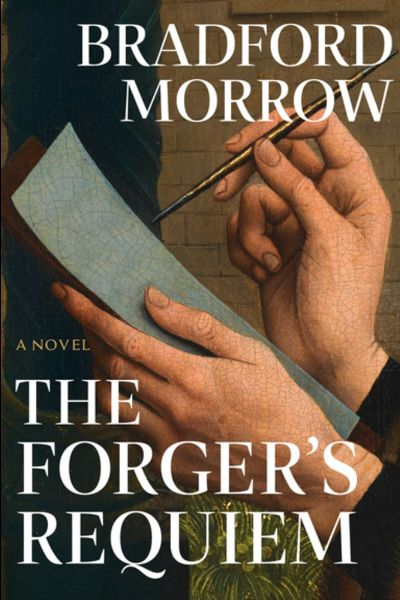Literary forger Henry Slader unexpectedly finds himself in an Edgar Allan Poe story when he, concussed and bruised, awakens in a shallow grave. Shakily digging himself out, Slader gradually remembers that Will, his old rival, and his daughter, Nicole, assaulted him with a shovel after a deal involving the forgery of a rare Poe book went bad. Determined to avenge himself on Will (20 years of bad blood between the two men includes a violent attack that landed Slader in prison) and needing to raise cash, Slader blackmails Nicole, a budding artist and a talented forger, threatening to expose her father’s role in the unsolved murder of her uncle. After forging inscriptions by such authors as Ernest Hemingway and Gertrude Stein, Nicole is tasked with creating a cache of letters by Frankenstein author Mary Shelley, a valuable trove that will enable Slader to retire permanently from the forgery business. But even the best-laid plans can go astray. A shocking climax at Mary Shelley’s grave in Bournemouth, England, leads a stunned Nicole to wonder what “drives people to such lunacy.” Toggling between Slader’s third-person perspective and Nicole’s first-person narrative, Morrow offers fascinating insights into the literary forger’s art. Although this is the concluding volume to the author’s trilogy (The Forgers, The Forger’s Daughter), it can be read as a dark, twisty standalone thanks to plenty of backstory.
134
previous post
Ted Bell’s Monarch
next post

